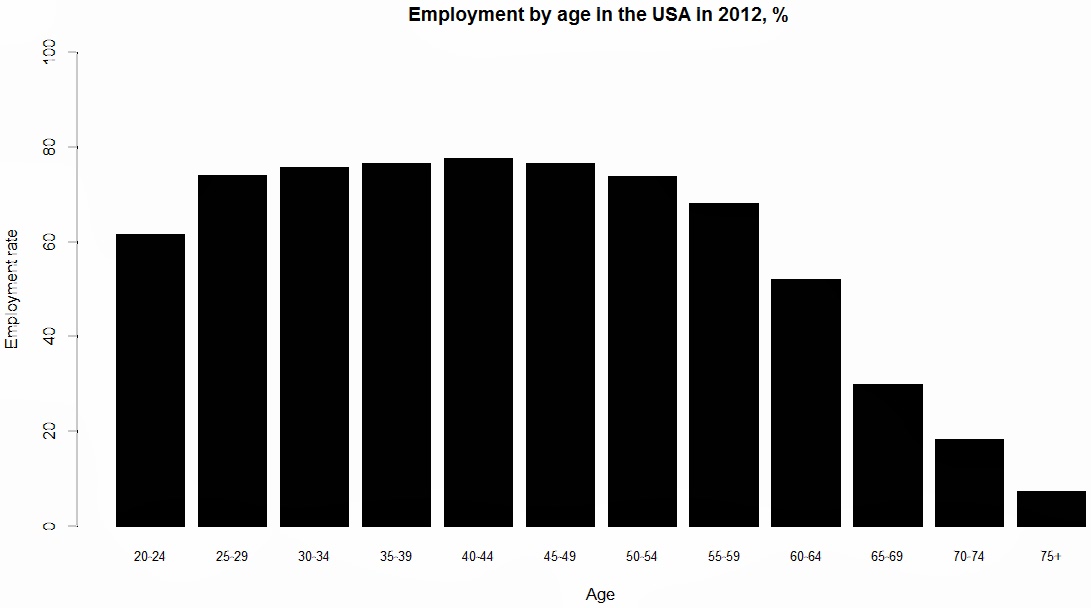Title: Biomedical Progress Rates as New Parameters for Models of Economic Growth in Developed Countries
Abstract: While the doubling of life expectancy in developed countries during the 20th century can be attributed mostly to decreases in child mortality, the trillions of dollars spent on biomedical research by governments, foundations and corporations over the past sixty years are also yielding longevity dividends in both working and retired population. Biomedical progress will likely increase the healthy productive lifespan and the number of years of government support in the old age. In this paper we introduce several new parameters that can be applied to established models of economic growth: the biomedical progress rate, the rate of clinical adoption and the rate of change in retirement age. The biomedical progress rate is comprised of the rejuvenation rate (extending the productive lifespan) and the non-rejuvenating rate (extending the lifespan beyond the age at which the net contribution to the economy becomes negative). While staying within the neoclassical economics framework and extending the overlapping generations (OLG) growth model and assumptions from the life cycle theory of saving behavior, we provide an example of the relations between these new parameters in the context of demographics, labor, households and the firm.Figure: Employment rate by age group in the United States in 2012. The X-axis
represents age and the Y-axis represents the employment rate, calculated as the ratio of
employed population in the labor force to total population in the labor force.
